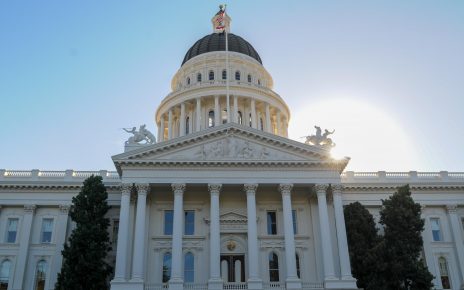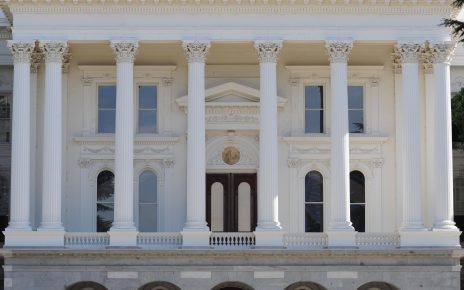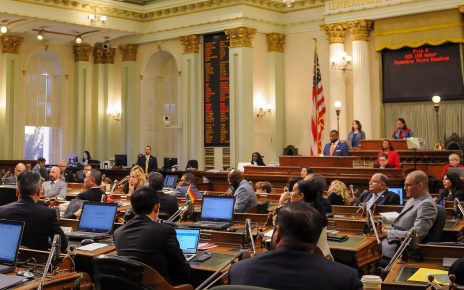Constitutional Vote Requirements for the California Legislature
There are a number of provisions contained in the California Constitution that specify certain vote requirements for the Legislature. The following are those provisions of the state Constitution: Article IV, Section 4 – Travel and living expenses for Members of...







